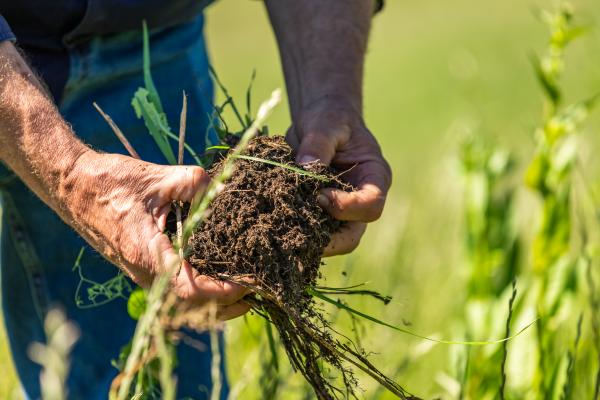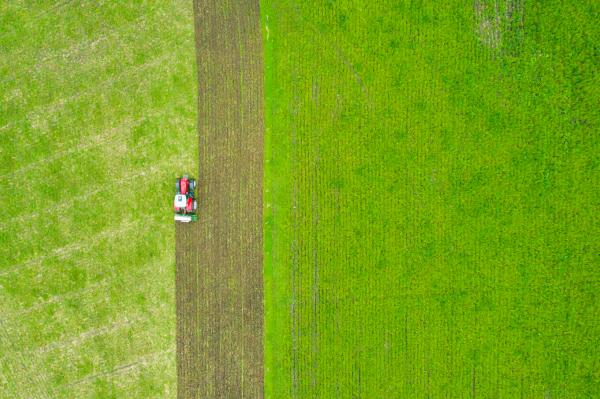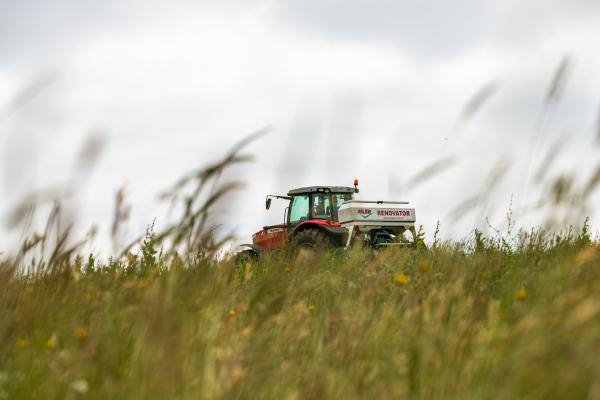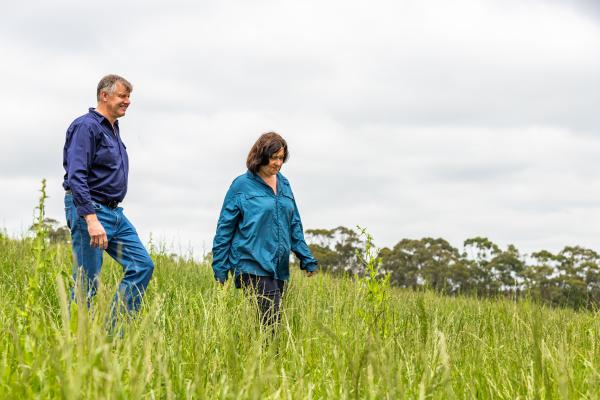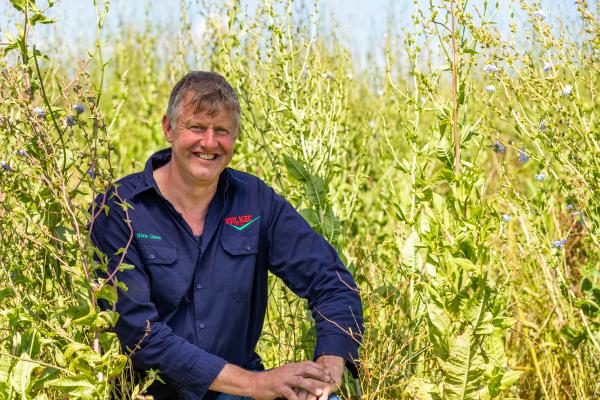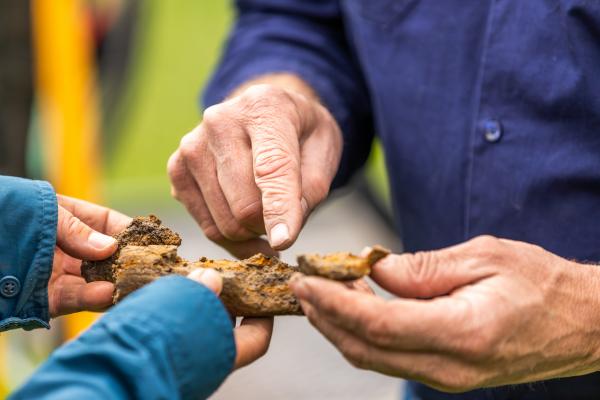
Climate change and global warming are hot topics, quite literally, as all around the world, countries are experiencing record-breaking temperatures like never before. But what if the agricultural industry, which has regularly been pointed out as a key contributor of greenhouse gases, could significantly change its impact on the environment for the better, simply by taking a closer look at the ground? Well, that’s exactly what one Hallora farm is doing – and they’re leading the way to a better future. GABRIELLA PAYNE took a moment to learn more.
When you build anything, it’s always good to start from the ground up and when it comes to farming, this same principle applies – something Hallora farmer Niels Olsen knows a thing or two about.
Together with his wife Marja and three sons, Shaun, Jamie and Shane, Mr Olsen, a lifelong farmer, decided that to make the most out of their land they needed to reassess their farming strategy and take a closer look at what lay beneath them – the very soil on which they stood.
“The main thing that we really adopted here is accessing the locked up nutrients in our soil profile and increasing our productivity in what we can grow by releasing those nutrients and deepening our top soil,” Mr Olsen said.
Having run the farm since 1985, the Olsens stuck to traditional farming practices for years before turning their focus to soil health, and have noticed a “huge difference” in the 10 years since making that change.
Through careful land management and the invention of their pasture-transforming tool, the “SoilKee Renovator”, the Olsens have managed to transform their land into thriving pastures and are now leading the way in regenerative agricultural practices.
In 2019, the family were recognised for their work in sequestering soil carbon by being the first farm in Australia to be awarded carbon credits for doing so – and through their trials and experiences, they are now paving the way for sustainable farming practices and hope others will follow suit.
“The focus on the application of fertiliser [in the agriculture industry] is totally focused on yield, but not on soil performance,” Mr Olsen explained.
“The current best practice method of applying synthetic nitrogen to your soil is well known that when you first apply it, you get a fantastic response for a little amount of nitrogen added but as you keep adding it, you get less and less of a response,” he said, adding that this had been “complained about for 30 years in the agriculture industry”, but there was no clear alternative available to farmers – until now.
“Everyone understands that after you’ve applied nitrogen a few times, you’ve got compacted soil,” Mr Olsen said, explaining that these synthetic fertilisers were causing more damage than good to the land – but there was another way for farmers to get the nitrogen they needed.
“The air above the land has about 70 tons of nitrogen above a hectare in the air – so that’s accessible if your soil conditions are right,” he said.
Mr Olsen explained that it was possible to transform even densely compacted and waterlogged soil and help it return to its full potential if it was looked after properly, something he and his family had been “getting fantastic results in” that were “beyond anyone’s belief”.
“Naturally sequestered nitrogen enhances soil function whereas the other nitrogen compacts it and inhibits it,” he explained, “that’s the biggest difference”.
“The natural nitrogen and the natural carbon breaking down in the soil is actually not that harmful to global warming, but the nitrogen which is released when synthetic fertiliser is applied is contributing 300x more to global warming than CO2,” Mr Olsen said.
“So if you want to reduce your emissions and you’re using a nitrogen fertiliser, you haven’t got a hope.”
Mr Olsen said that in the 10 years that he and his family have been practicing regenerative agriculture at their beef farm, they had been helping spread their knowledge and findings with other farmers and had hosted a range of top scientists from around the world who were interested in learning more about their soil health practices.
Mr Olsen said that over the years, they had helped other farmers halve their normal fertiliser applications, improve their sustainability and “get back to the soil”, and having proven so popular, they were currently in the process of building an education centre at their Hallora property, so that they could help teach others for years into the future.
“On our farm here, we probably started out with 60-70 mm of top soil, but now it’s at 200-250 mm top soil.”
“So we’re now sequestering carbon down a metre deep in the clay, because the pasture root systems are over a metre deep, whereas beforehand they were no more than 150mm deep,” he said – clearly a remarkable change in the space of just 10 years.
The Olsens have recently been featured in a suite of carbon farming video case studies, put together by the Carbon Market Institute and the Clean Energy Regulator, where they share the incredible benefits they have experienced since focusing on soil health and performance.
John Connor, the CEO of the Carbon Market Institute said that farms like the Olsens were paving the way forward to a sustainable future and represented just the “tip of the iceberg” when it came to carbon farming projects in Australia.
“These case studies highlight the significant employment and environmental benefits that come from carbon farming projects, as well as the climate benefits that flow from sequestering carbon through agricultural activities and land management,” Mr Connor said.
“There’s been a decade of successful carbon farming in Australia and these stories are just the tip of the iceberg.”
“Almost 1000 projects have been developed so far and thousands more can be delivered that will bring real benefits to regional Australia and the global climate,” he said.
“With the right policies, and a laser-like focus on integrity, our carbon farming industry can become a major exporter of carbon reduction credits and expertise to a world increasingly demanding them.”
To watch Niels and Marja Olsen talk more about their innovative farming techniques in the video, head to:

